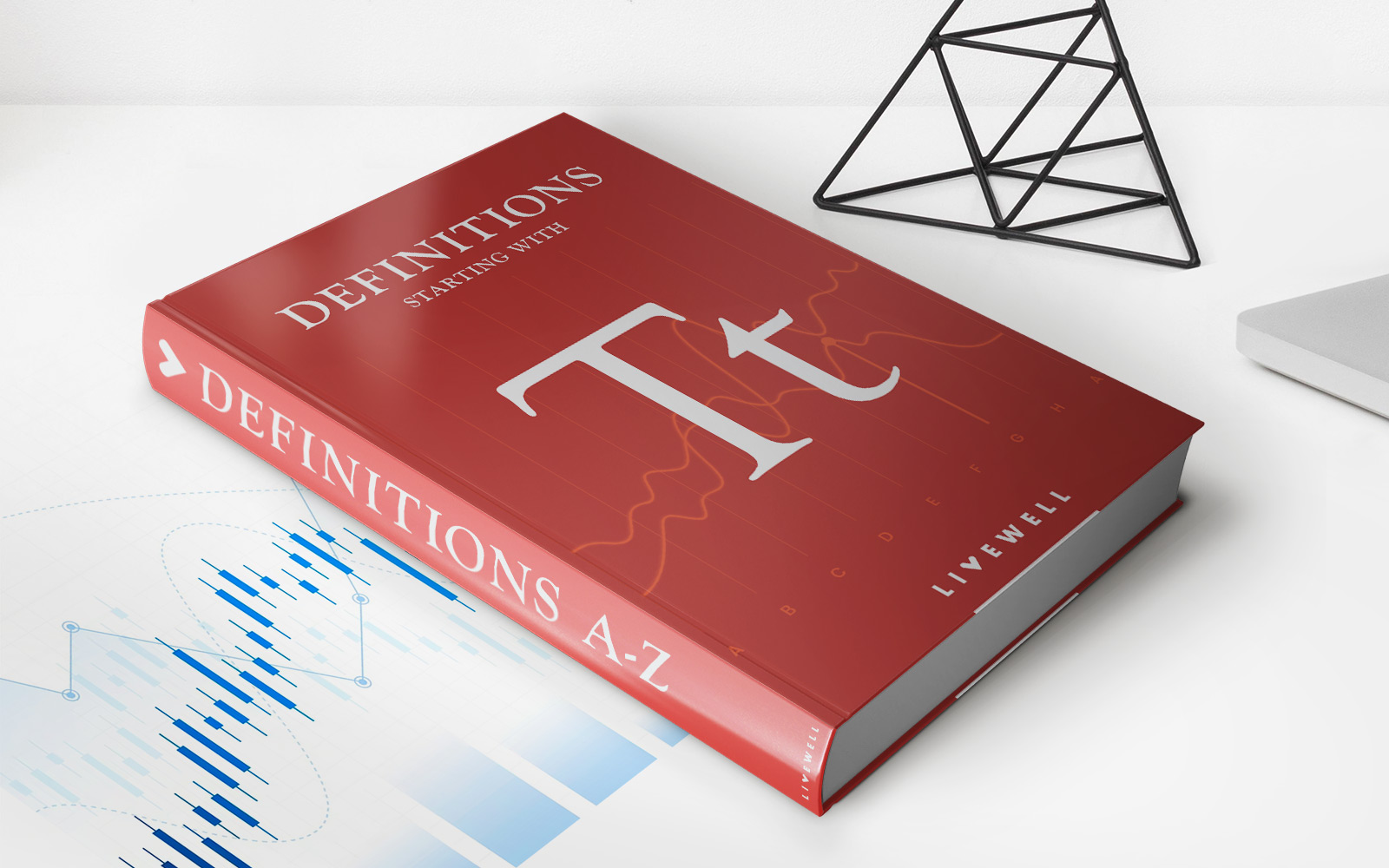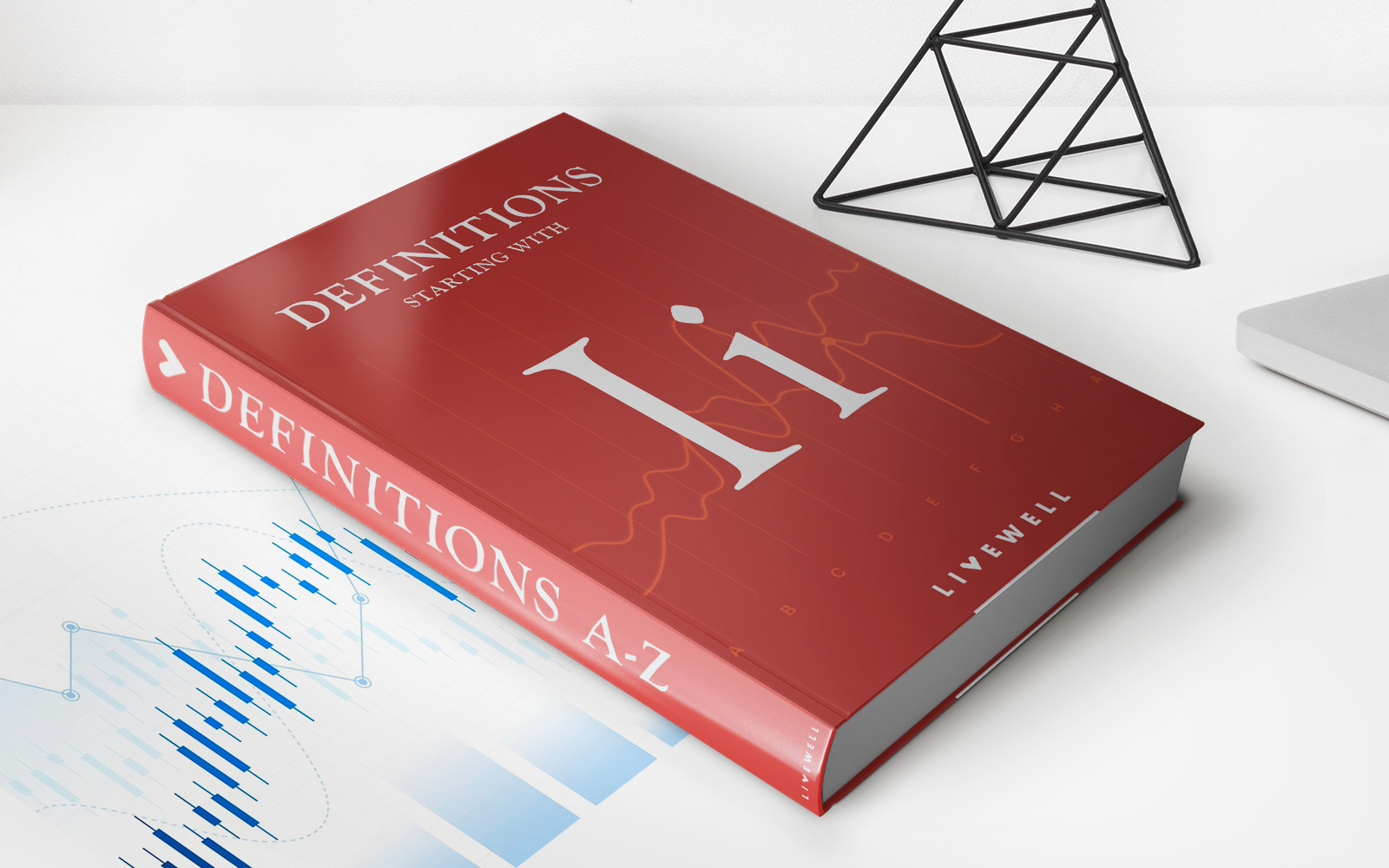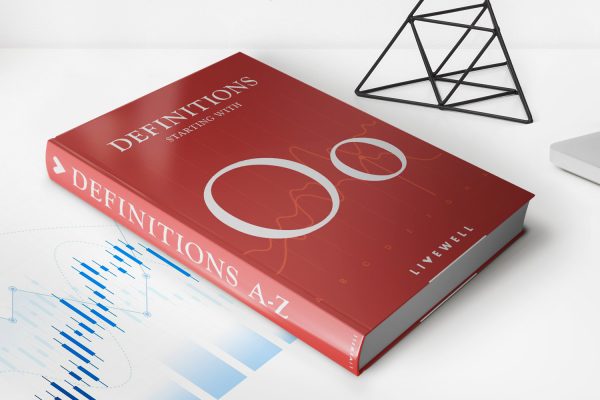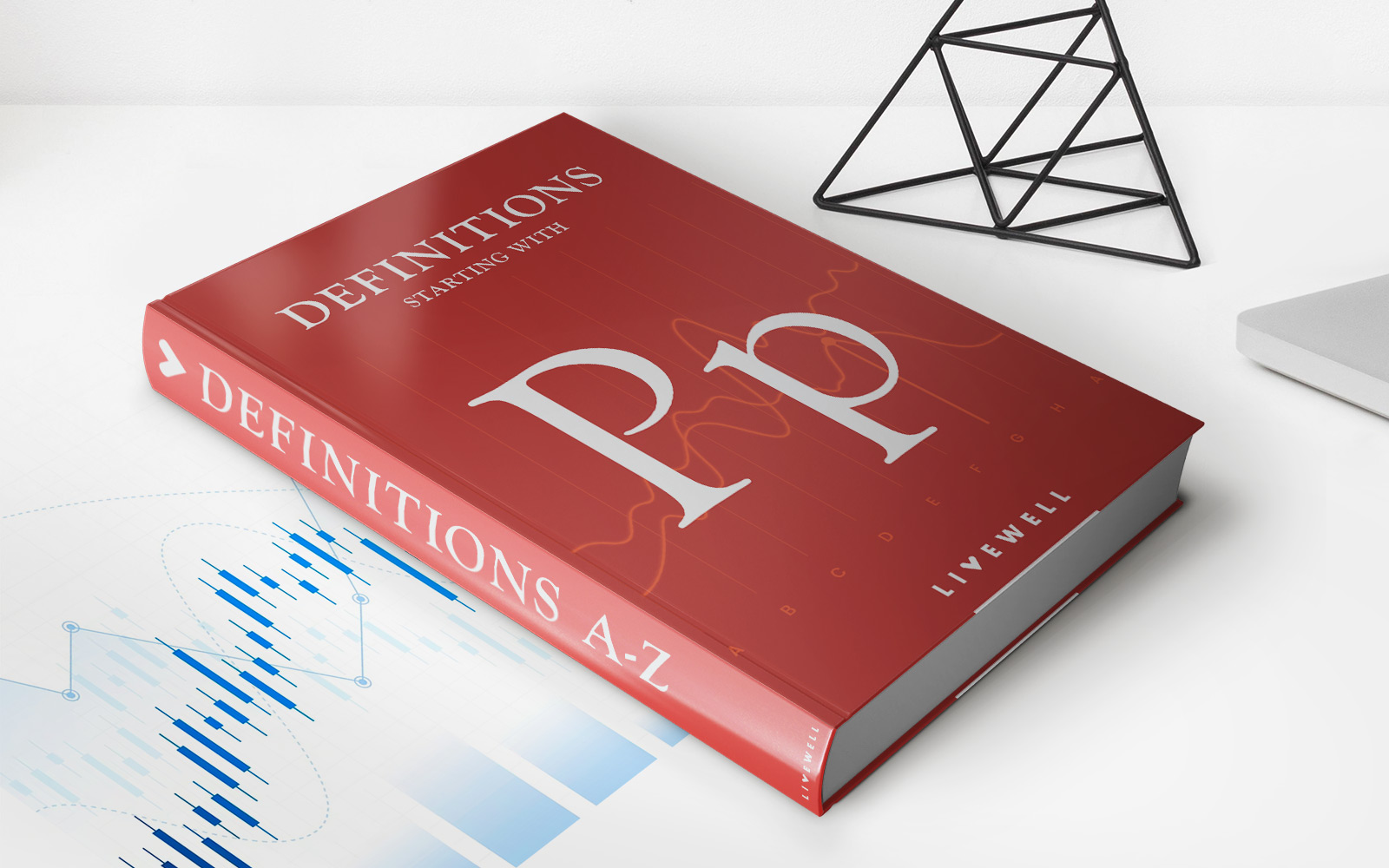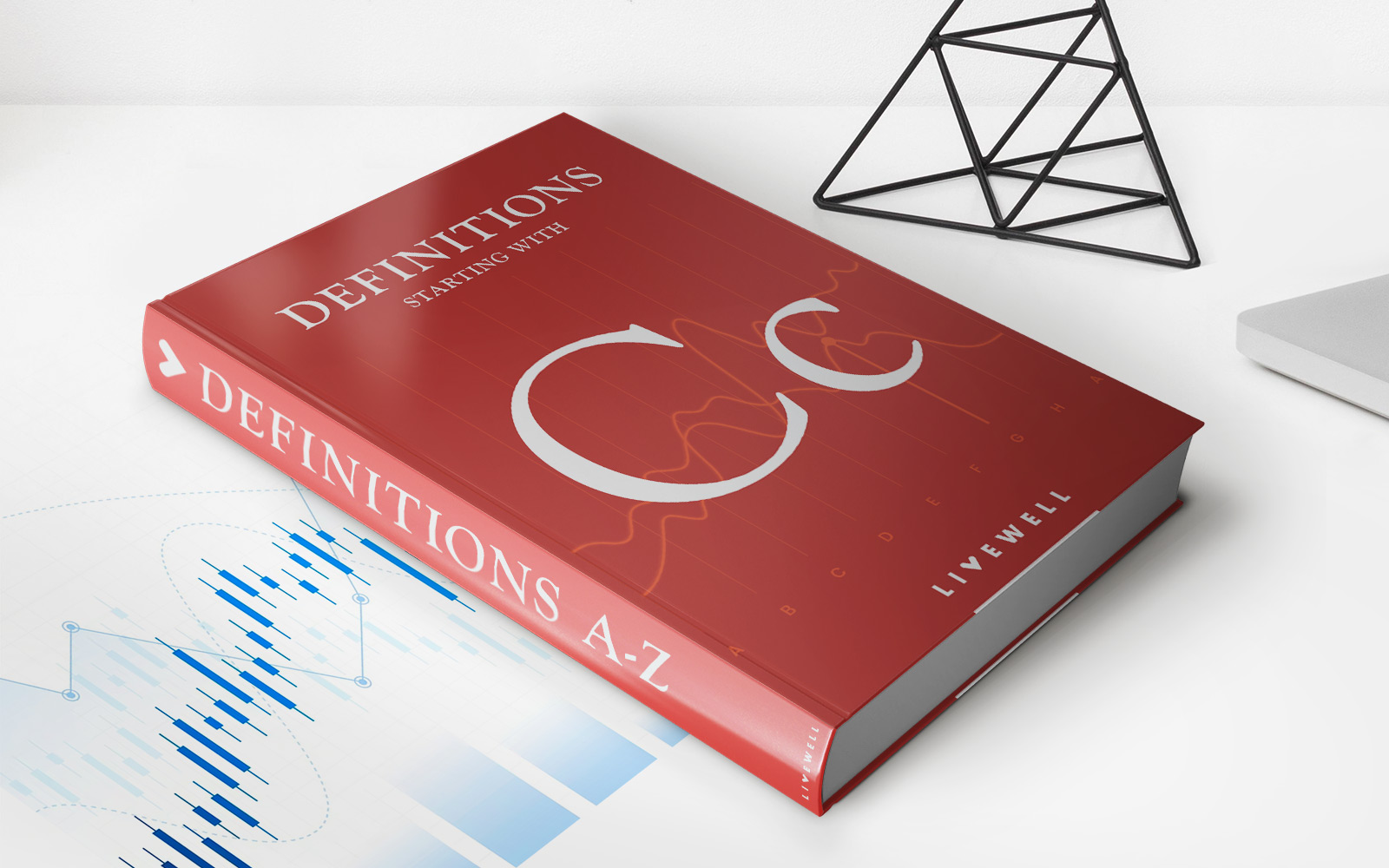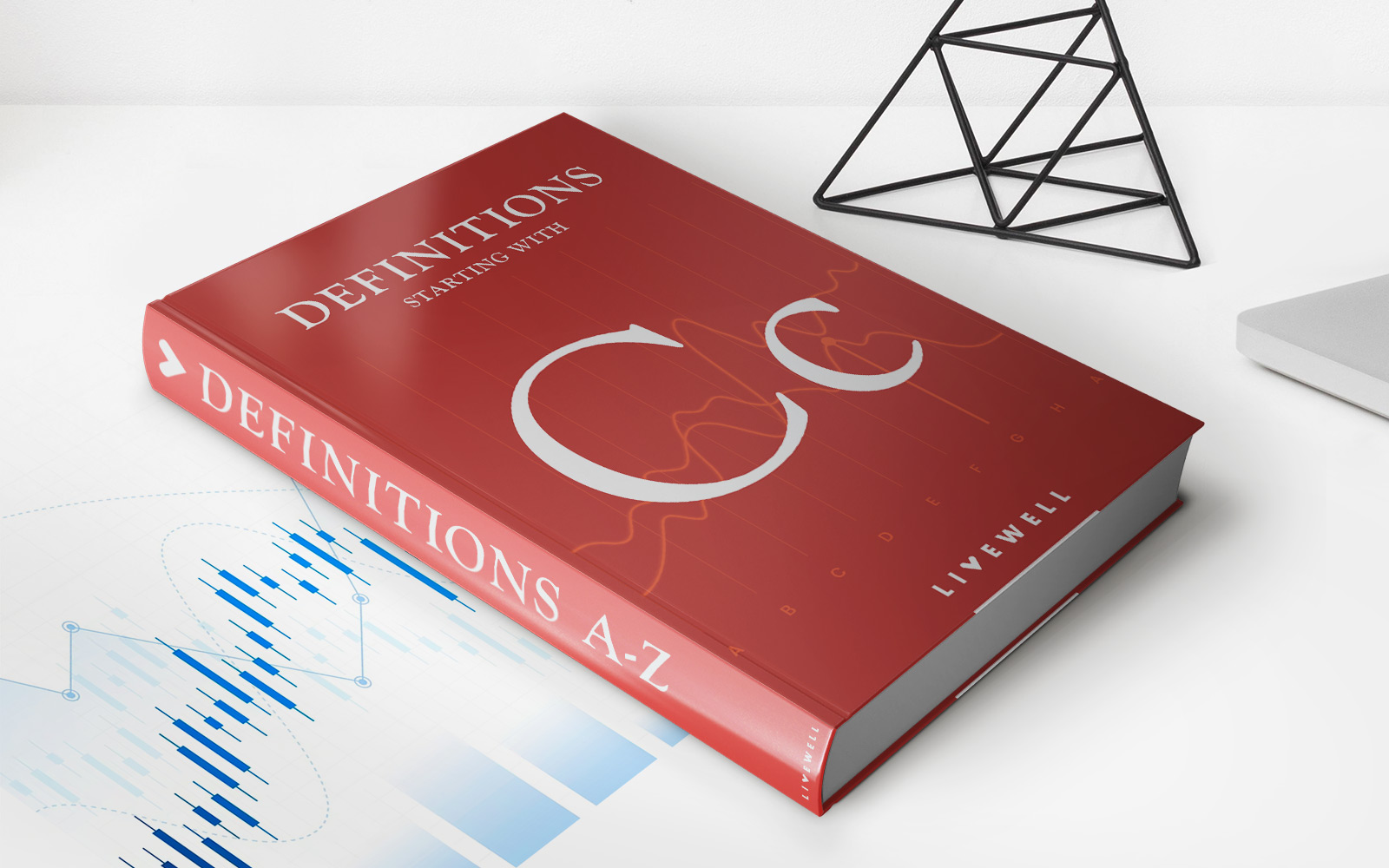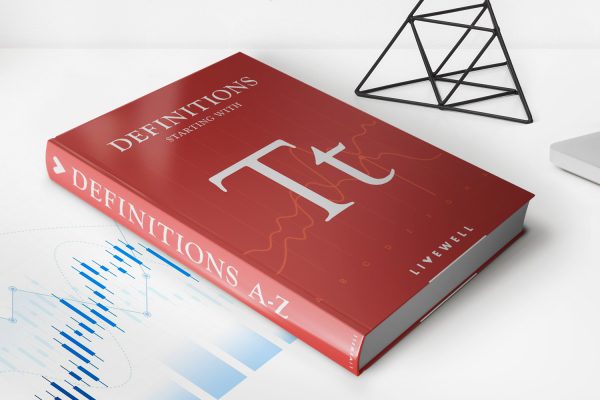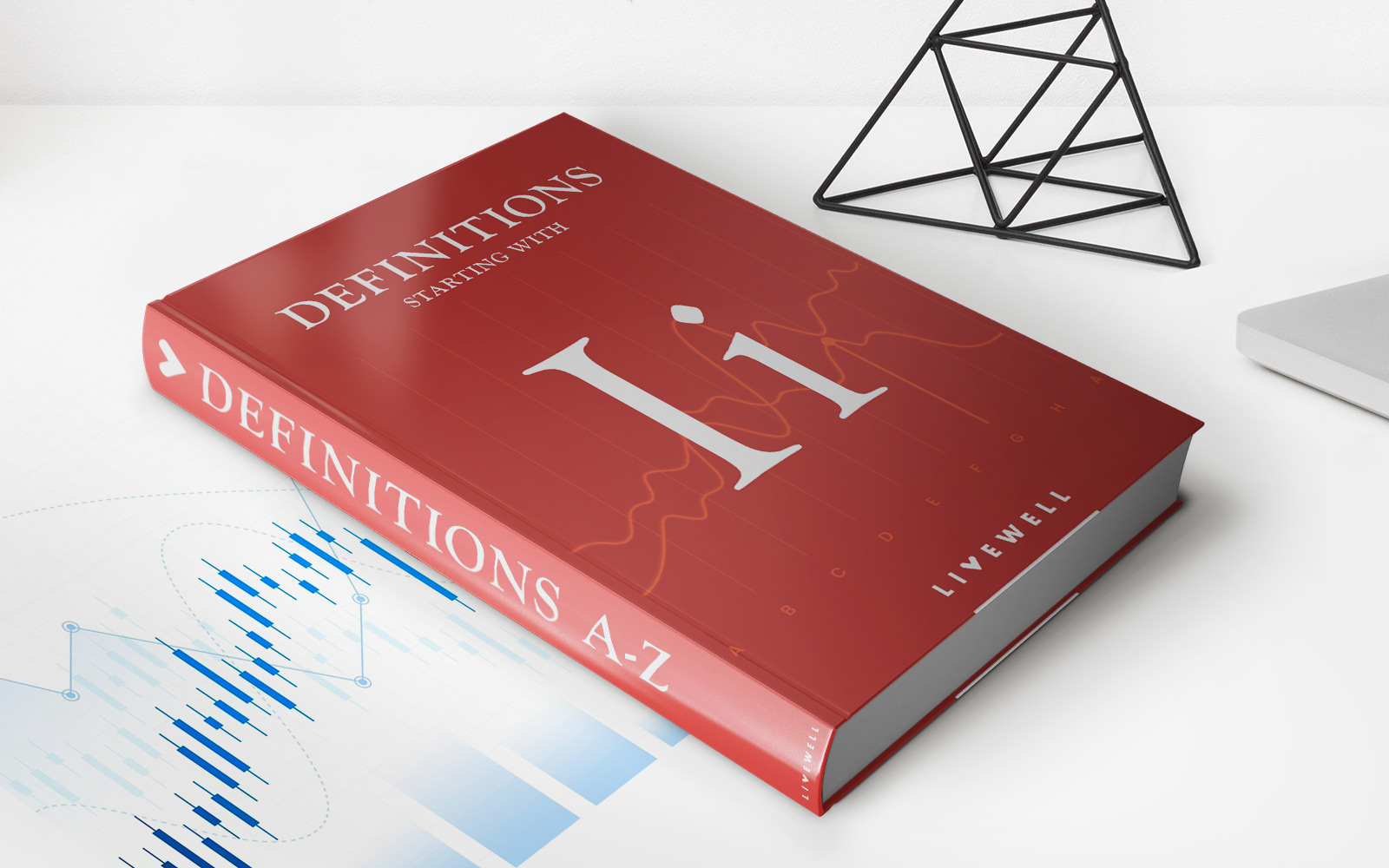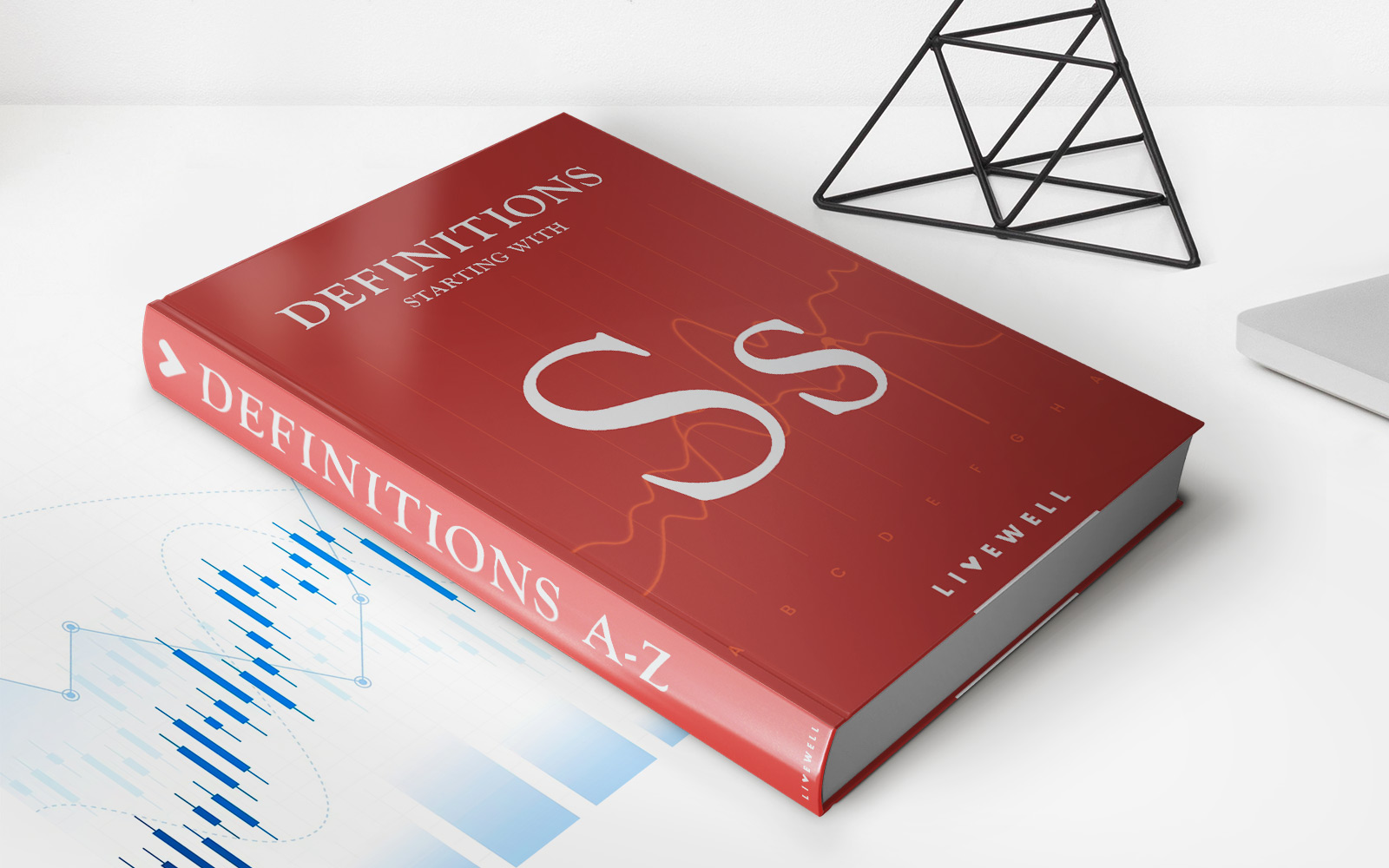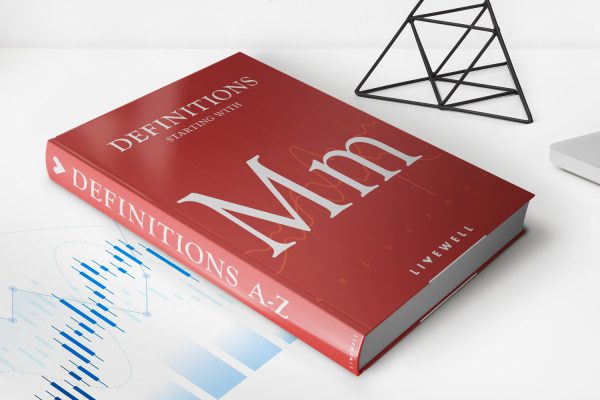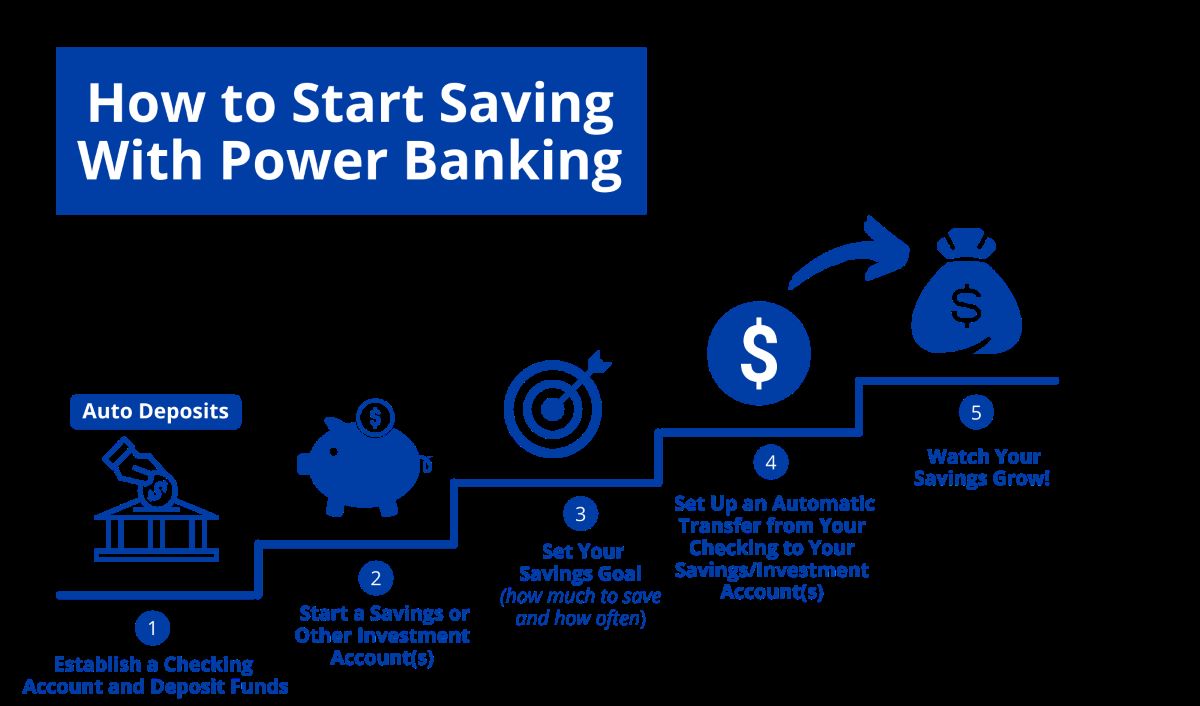Home>Finance>Spot Rate Treasury Curve: Definition, Uses, Example, And Formula
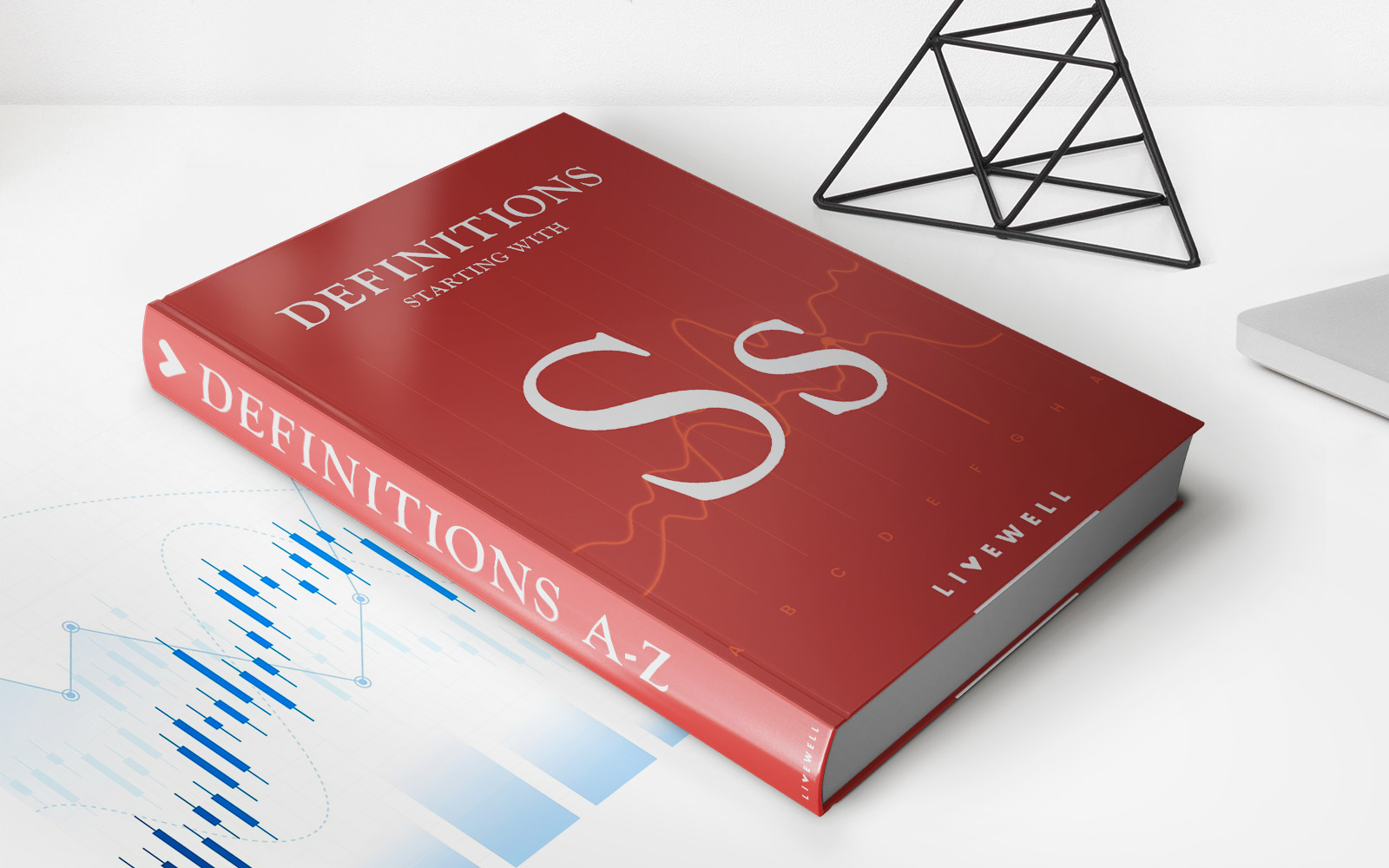

Finance
Spot Rate Treasury Curve: Definition, Uses, Example, And Formula
Published: February 1, 2024
Learn the definition, uses, example, and formula of the Spot Rate Treasury Curve in finance. Master the fundamentals of this important concept.
(Many of the links in this article redirect to a specific reviewed product. Your purchase of these products through affiliate links helps to generate commission for LiveWell, at no extra cost. Learn more)
Spot Rate Treasury Curve: Definition, Uses, Example, and Formula
Understanding financial concepts can sometimes feel like decoding a secret language. With so many terms and acronyms floating around, it’s easy to feel overwhelmed. But fear not! We’re here to shed light on the obscure yet important Spot Rate Treasury Curve. In this blog post, we’ll define what it is, explore its uses, provide an example, and even share the formula behind it. So, buckle up and let’s dive into the world of finance!
Key Takeaways
- The Spot Rate Treasury Curve is a graphical representation of current interest rates on Treasury securities of different maturities.
- It is widely used in finance as a benchmark for pricing other fixed-income securities and assessing interest rate risk.
What is the Spot Rate Treasury Curve?
The Spot Rate Treasury Curve, also known as the Treasury Yield Curve or the Yield Curve, is a graphical representation of current interest rates on Treasury securities of different maturities. It showcases the relationship between the interest rate and the time remaining until the maturity of the security.
The curve may appear upward sloping, downward sloping, or even flat, depending on the prevailing economic conditions and expectations. It is essentially a snapshot of the market’s expectations regarding future interest rates.
Uses of the Spot Rate Treasury Curve
The Spot Rate Treasury Curve serves multiple purposes in the world of finance. Here are a few notable uses:
- Pricing Fixed-Income Securities: The curve acts as a benchmark for pricing fixed-income securities, such as corporate bonds or mortgage-backed securities. By comparing the yield offered by these securities to the corresponding spot rates on the curve, investors can determine if they are obtaining a fair return on their investments.
- Assessing Interest Rate Risk: Financial institutions and investors use the curve to assess interest rate risk. For example, if the curve is steep and upward sloping, it could indicate that future interest rates are expected to rise. This knowledge allows investors to make informed decisions about their portfolios and adjust their strategies accordingly.
- Economic Indicator: The curve can act as an economic indicator and provide insights into the market’s expectations for future economic performance. For instance, an inverted yield curve (where short-term rates are higher than long-term rates) has historically been associated with an imminent economic downturn.
Spot Rate Treasury Curve Example and Formula
Let’s illustrate the concept with an example. Imagine the following spot rates for Treasury securities:
- 1-year Treasury spot rate: 2%
- 2-year Treasury spot rate: 2.5%
- 3-year Treasury spot rate: 3%
- 4-year Treasury spot rate: 3.25%
Using these spot rates, we can plot the Spot Rate Treasury Curve, with the x-axis representing the time to maturity and the y-axis representing the spot rate.
The formula for calculating spot rates is as follows:
Spot Rate = (1 + Yield-to-Maturity)^(1/n) – 1
Where:
- Yield-to-Maturity: The yield an investor would earn if they held the security until maturity.
- n: The number of periods until the security’s maturity.
Using the provided spot rates, you can calculate the yield-to-maturity for each Treasury security and plot the resulting curve.
And there you have it – you’re now equipped with a better understanding of the Spot Rate Treasury Curve! Remember, this curve plays a crucial role in finance, assisting investors in making informed decisions and assessing risk. So next time you come across this term, you’ll be ready to impress with your knowledge of this important financial concept.

